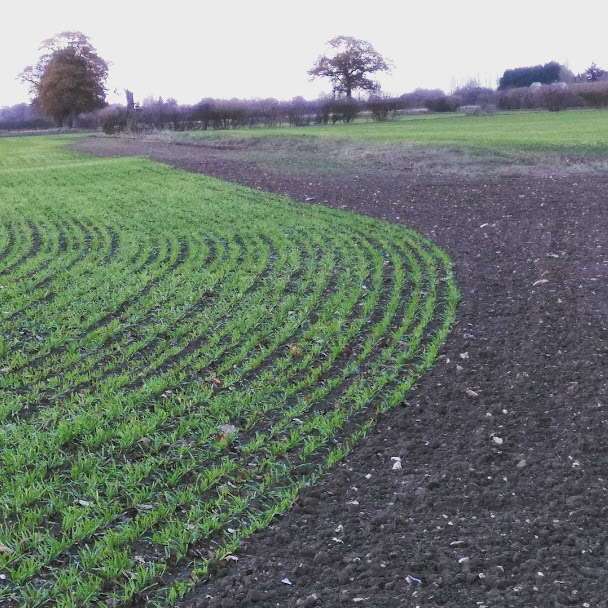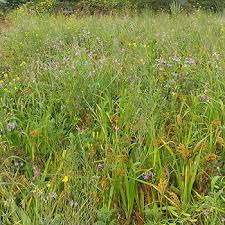I have just opened a letter telling me that we have been accepted onto the Arable Option of the Countryside Stewardship scheme.
The scheme provides funding for farmers, woodland owners, foresters and land managers to make environmental improvements. It has been running for many years, but has recently been updated to make things simpler and more focused.
We have had a bit of a break from the scheme over the past couple of years as it got harder to make it work on a smaller farm. But now the new options available seem to have made it all a bit more achievable again and I am very excited to be a part of it. It didn’t really seem right when we weren’t.
The Arable Option that we have chosen focuses on providing a food source and habitat for farmland birds and pollinators. Farmers are encouraged to make use of field corners and edges, where crops might not grow so well, to plant flowers that will provide nectar for insects in the summer or plants with seeds for overwintering birds. These slightly wilder areas also provide somewhere for creatures to live and safe passages across the farm. Hedges and trees are another important part of the scheme as many have disappeared over the years as field sizes have grown and boundaries have been removed.

Nectar and pollen mix 
grass buffer strips ready to sown in spring 
Wild bird seed mix
If, like me, you occassionally catch the goings on in Ambridge, you will know that there has been a recent trend in mixing arable farms up a bit. You will have heard terms such as ‘Agroforestry’ and ‘Intercropping’ being casually dropped into conversations between Tom and Helen Archer. Both approaches essentially encourage diversity – introducing companion crops or rows of trees within fields to encourage pest eating wildlife, reduce our reliance upon chemicals, improve the soil and to prevent erosion. They fit well with the Countryside Stewardship scheme and have been playing on my mind over the past few months whilst I filled in our application.
What I have come to realise though, is that when you look closely at Intercropping or Agroforestry we are not too far off the mark with our small farm. Our tiny field sizes are about the same size as the individual plots set aside for companion planting schemes, and they are all already divided by margins, hedges or trees that have been there since my Granddad farmed the land. Yes, we grow a less trendy set of crops, but the diversity across the farm is good and adding nectar mixes and winter bird seed plots is only going to help. The more I work alongside my Dad the more I realise how good he is at this farming thing and how well he manages to mix producing a good yield with caring for the environment. I am sure he would say the same thing about his father before him. Looking after the wildlife and habitats around you has always been an important part of farm life and it means as much to me as I start my farming journey. We will be taking another look at the crops that we grow but will be keeping our mixed crop rotation that works for us so well.
You may also have noticed more animals grazing in the fields as you drive around the countryside. They are probably eating cover crops that have been planted to improve the soil, and will move around as part of a farm’s rotation and then produce beautiful lamb or beef. I have been inspired by this movement too and have introduced six new Shetland wether lambs onto the farm. They won’t end up on our plates, but will provide another source of beautiful fibre whilst grazing the camping meadow and the plots of land set aside for the Countryside Stewardship scheme. They too will move around depending upon the time of year.

Neep the sheep 
The boys 
Funzie and Houbie
So overall I am feeling pretty positive about this new scheme and admittedly I am having a wry smile about the fact that farming trends are coming full circle again. We want our visitors to be able to enjoy the farm as much as we do so we are planning a new walk across the fields that will take you past our crops, along the hedgerows and back around to the campsite along the green lane. Hopefully the new wildflower meadow behind the campsite will be in full bloom over the summer while you are here and you can share the excitement of new beginnings with us!




